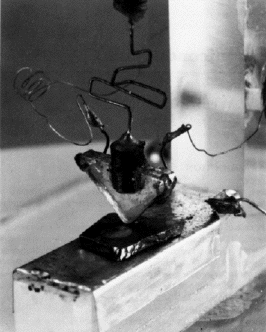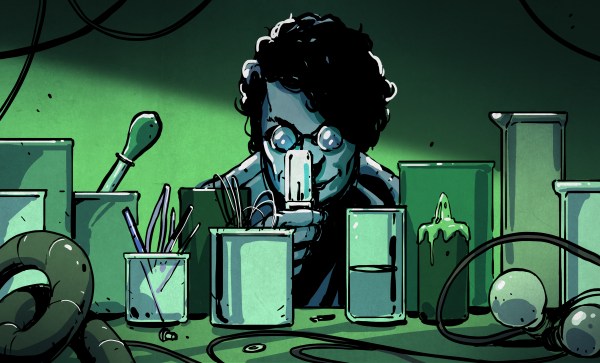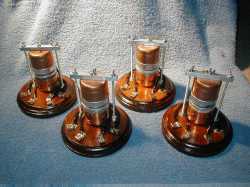Beyond the power variant, it sometimes seems as though we rarely encounter a discrete transistor these days, such has been the advance of integrated electronics. But they have a rich history, going back through the silicon era to germanium junction transistors, and thence to the original devices. if you’ve ever looked at the symbol for a transistor and wondered what it represents, it’s a picture of those earliest transistors, which were point contact devices. A piece of germanium as the base had two metal electrodes touching it as the emitter or collector, and as [Marcin Marciniak] shows us, you can make one yourself (Polish language, Google Translate link).
These home made transistors sacrifice a point contact diode to get the small chip of germanium, and form the other two electrodes with metal foil glued to paper. Given that germanium point contact diodes are themselves a rarity these days we’re guessing that some of you will be wincing at that. The video below is in Polish so you’ll have to enable YouTube’s translation if you’re an Anglophone — but we understand that the contact has to be made by passing a current through it, and is then secured with a drop of beeswax.
A slight surprise comes in how point contact transistors are used, unlike today’s devices their gain in common emitter mode was so poor that they took instead a common base configuration. There’s a picture of a project using three of them, a very period radio receiver with bulky transformers between all stages.
If you’re interested in more tales of home made early transistors, read our feature on Rufus Turner.
















